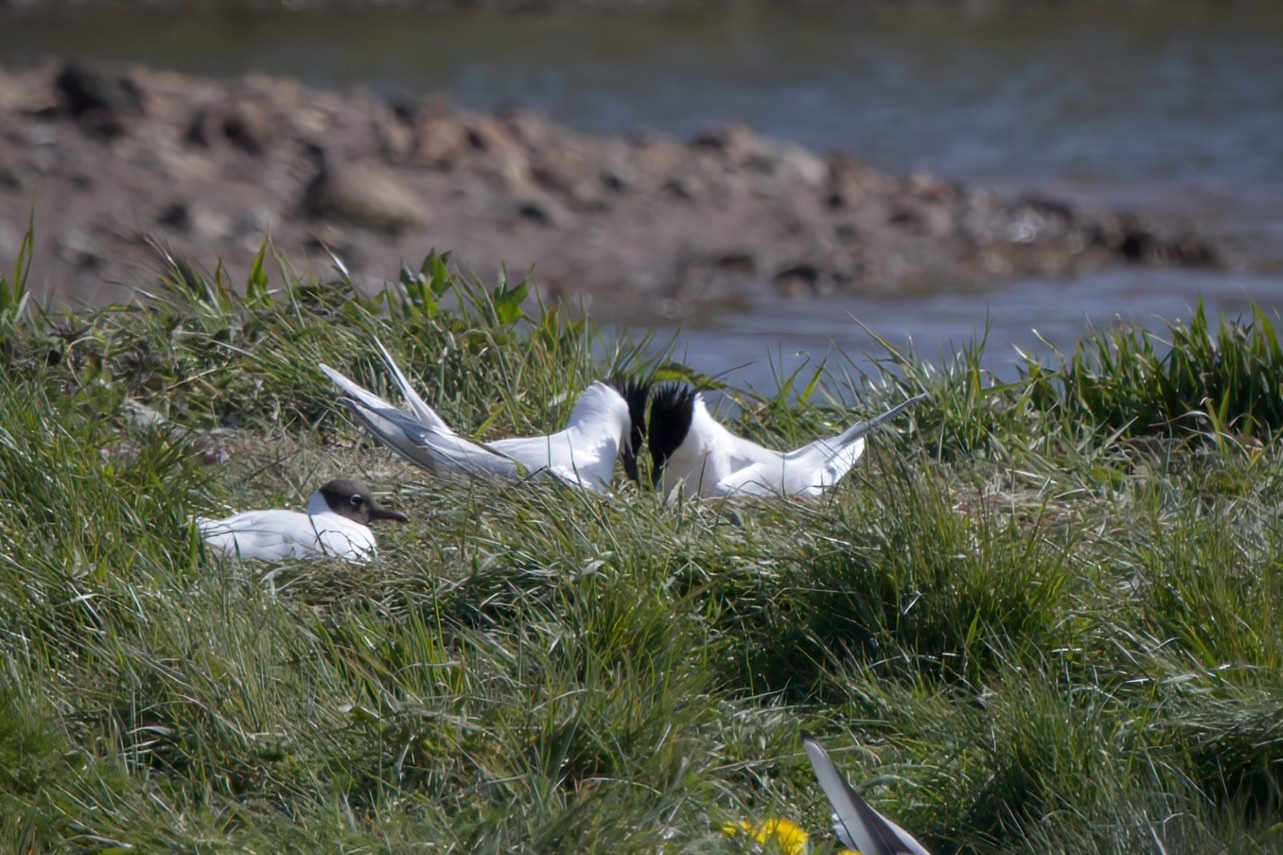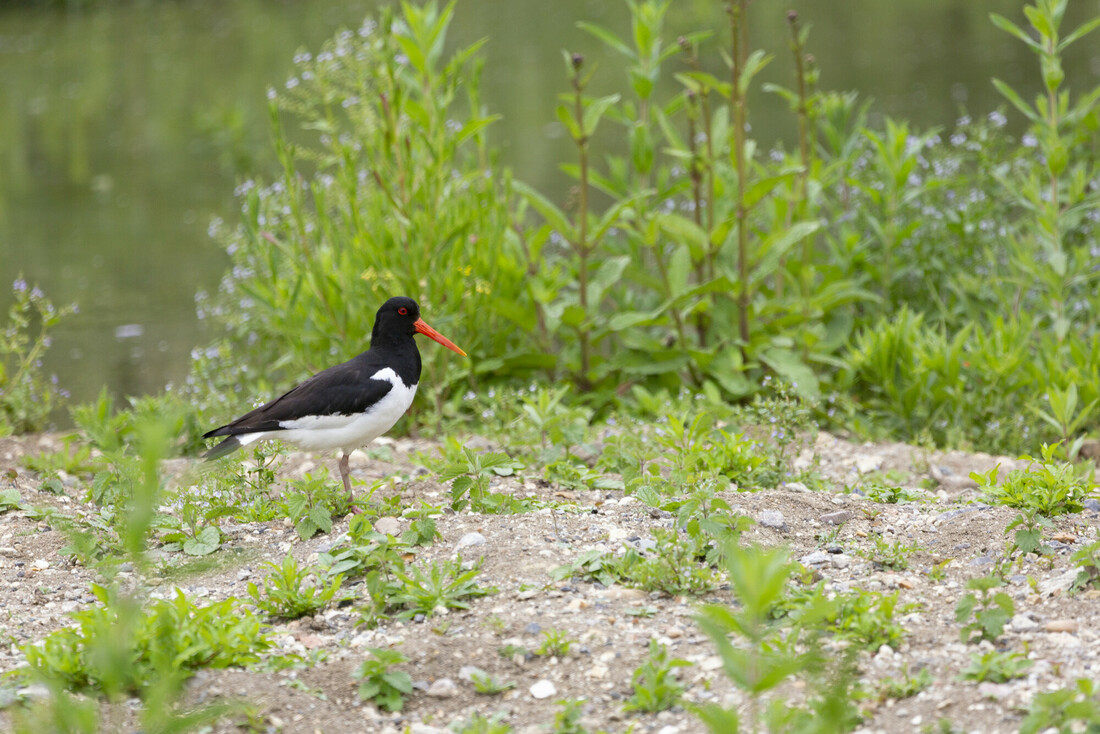Winter Watch for Dabbling Ducks
Winter is the perfect time of the year, to see migrating ducks.
You may not think of the UK as the perfect winter getaway destination, but for hundreds of ducks, the London Wetland Centre is the place to see and be seen.
We host several species of duck who arrive in August and leave us in March, who all follow a similar migration route from the north-east (Eastern Europe, Russia, Scandinavia) to the west and south-west (Africa, South Asia).

TEAL - Male teal ducks are very easy to spot, with their chestnut-brown heads, green eye-patches, spotted chests and black-edged yellow rumps. When they are in flight, you can see their bright-green wing patches. The females, as with most duck species, are a mottled brown colour. Teal are dabbling ducks, meaning they tip themselves up to feed on plants near the surface of the water. Most of our teal are wintering here from the Baltic region of Eastern Europe and Siberia.

SHOVELER - Shoveler ducks are recognisable by their large, flat bills. Male shoveler have dark-green heads, white chests and chestnut-brown flanks. When they are in flight, the birds show patches of light blue and green on their wings. The UK is a winter home for 18,000 birds and our numbers of shoveler are nationally significant (as are our numbers of gadwall). For these reasons, the London Wetland Centre is a Site of Special Scientific Interest (SSSI).

WIGEON - These ducks visit us in winter from Iceland, Scandinavia and Russia. In the UK they breed in central and northern Scotland and northern England. The head and neck of the male wigeon is chestnut brown, with a yellow forehead, pink chest and grey body. In flight, it’s easy to spot a wigeon’s white belly and wing patches.

PINTAIL - The pintail duck migrates at night and has been known to fly up to 1800 miles without stopping to its summer destination. Their long, pointed tail feathers make them stand out in a crowd, as do their long, graceful necks. Males have chestnut-coloured heads, white necks and grey bodies.
Come and have a dabble with the ducks who are staying with us this winter and see how many you can spot!



